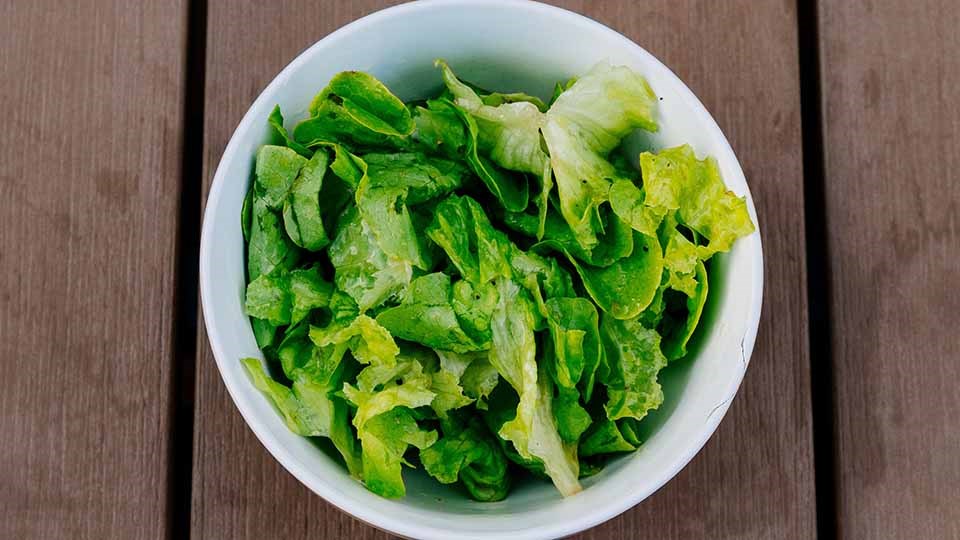Canadians are advised to not sell or serve any romaine lettuce harvested from the Salinas, California in light of the most recent, of four E. coli outbreaks affecting the country in the last two years.
The United States Centers for Disease Control and Prevention (U.S. CDC), the United States Food and Drug Administration, and the United States Food Safety and Inspection Service are investigating an outbreak of E. coli 0157 that has been linked to romaine lettuce coming from the Salinas, California.
A product which the Canadian Food Inspection Agency (CFIA) has confirmed is imported to Canada around this time of year.
According to a press release issued Friday by the Public Health Agency of Canada, an outbreak is not occurring in Canada, but they have identified one Canadian illness in Manitoba with a similar genetic fingerprint to the illnesses reported in the U.S investigation.
The illness has also been linked to previous E. coli outbreaks that occurred in 2017 and 2018 and was linked to romaine lettuce, suggesting a reoccurring source of contamination.
"The CFIA has taken measures to protect consumers and is implementing new actions at the border to ensure that any affected romaine lettuce products are no longer being imported into Canada," as stated in the release.
What to do
The U.S. C.D.C asks consumers to check their home for all types of romaine lettuce such as whole heads of romaine, hearts of romaine, and bags and boxes of precut lettuce and salad mixes that contain romaine, including baby romaine, spring mix, and Ceaser salad.
Canadians are advised to throw out any romaine lettuce which packaging shows that it is from Salinas, California or does not identify a growing region.
In addition, consumers are encouraged to wash and sanitize drawers and shelves that may have come in contact with the infected product.
Restaurants and retailers are encouraged to check the label on bags or boxes to identify the growing region or ask their suppliers about the source of their romaine lettuce.
Symptoms
People infected with E. coli can have a wide range of symptoms or none at all, but can still spread the infection to others.
The following symptoms can appear within one to ten days after contact with the bacteria:
- nausea
- vomiting
- headache
- mild fever
- severe stomach cramps
- watery or bloody diarrhea
There is no real treatment for E. coli infections, other than monitoring the illness, providing comfort, and preventing dehydration.
Most symptoms end within five to ten days, although it is possible for individuals to develop complications such as kidney failure, stroke and seizures.
Who is at risk
E. coli O157 is more likely than other E. coli strains to cause severe illness. Pregnant women, those with weakened immune systems, young children and older adults are most at risk for developing serious complications.
How contamination occurs
E. coli are bacteria that live naturally in the intestines of cattle, poultry and other animals.
Leafy greens, such as lettuce, can become infected:
by soil, water, animals, or improperly composted manure
during and after harvesting from handling, storing and transporting the product
at the grocery store, in the refrigerator, or on counters and cutting boards through cross-contamination from raw meat, poultry or seafood
Most E. coli strains are harmless to humans, but some varieties cause illness, according to the release.
